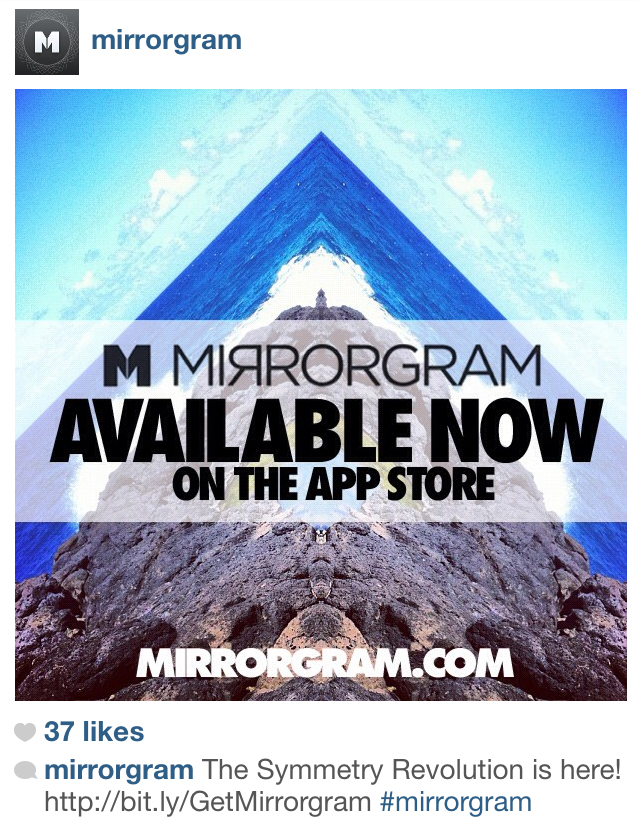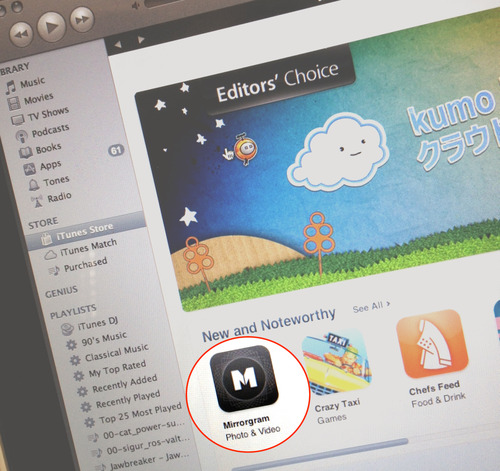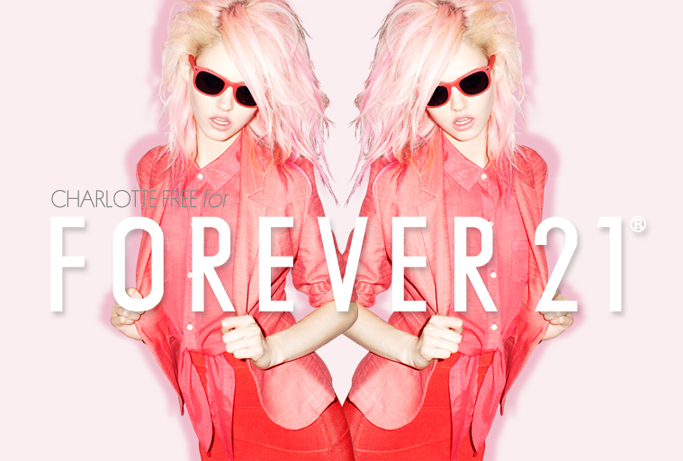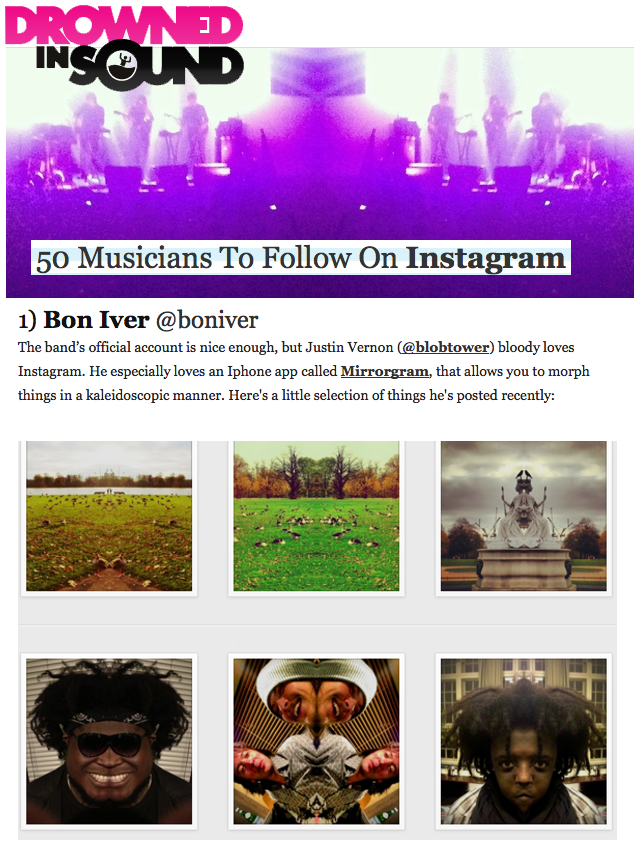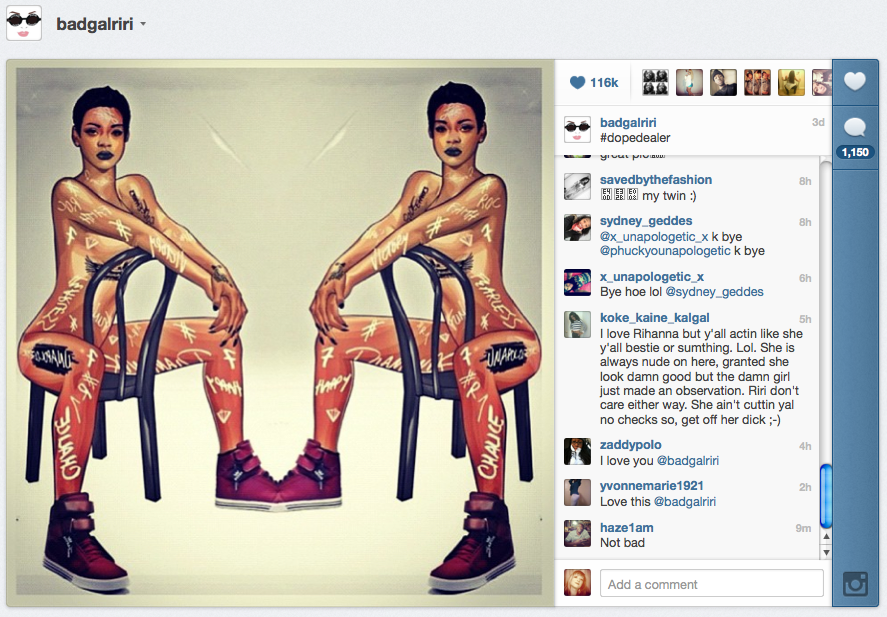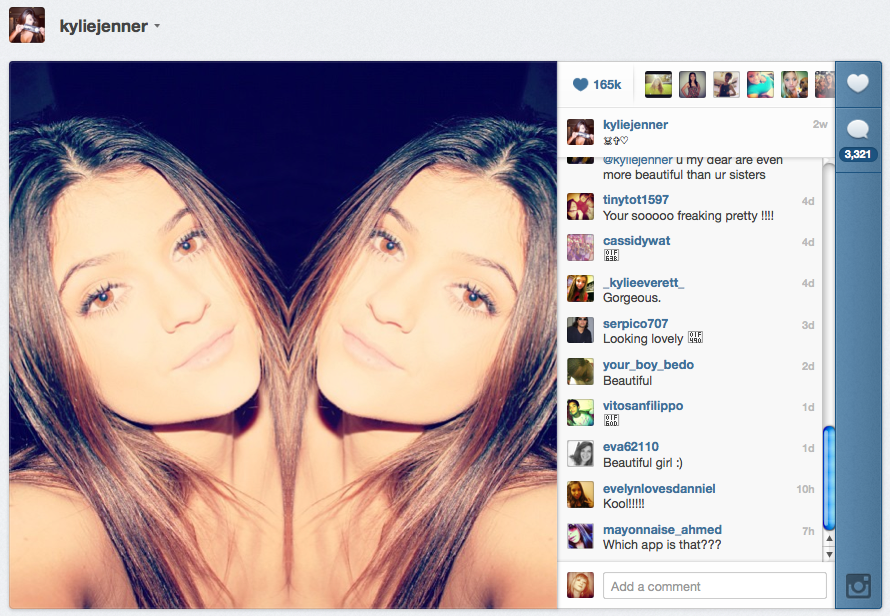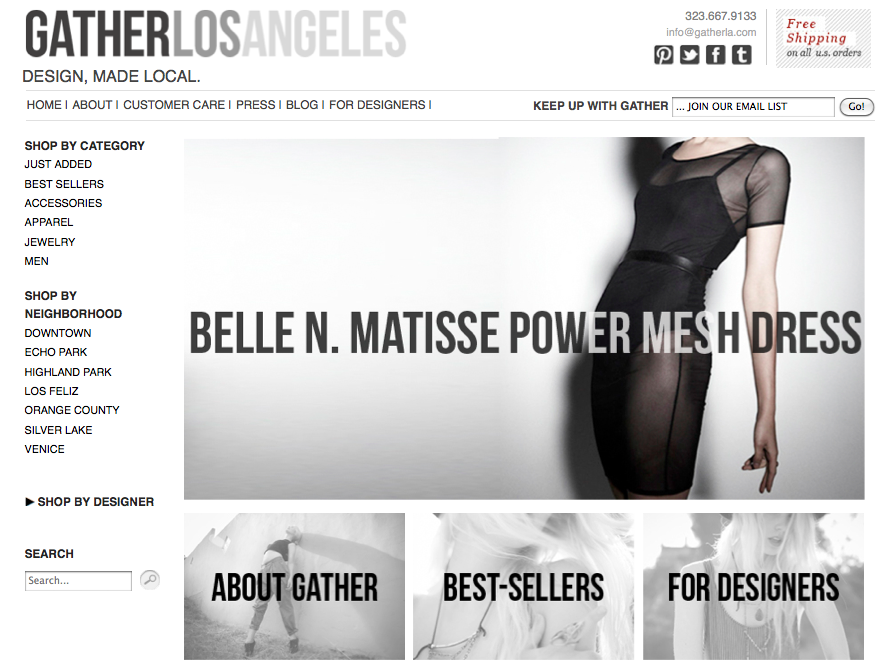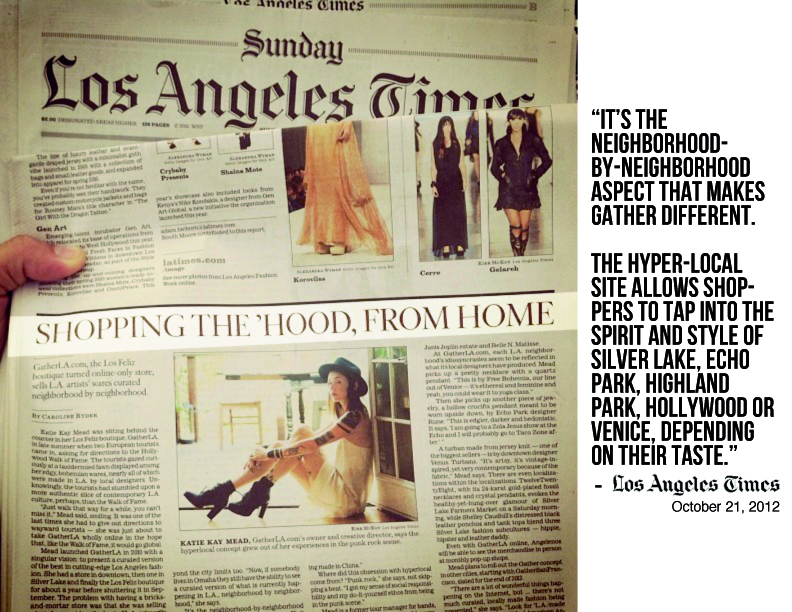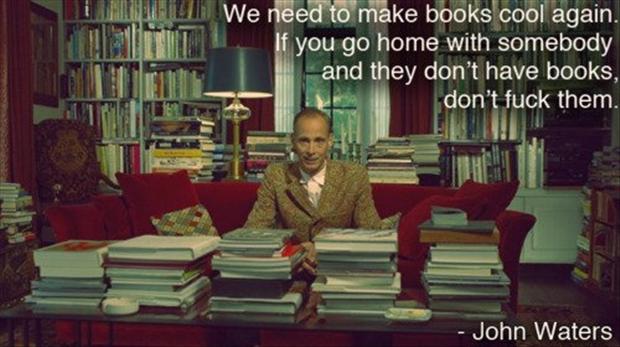
John Waters’ agenda appears to finally be working.
Books are suddenly cool (not that they ever weren’t, but, like pizza, books are very hot right now.)
I first noticed it right before New Year’s eve, when this post by Austin Kleon was making the rounds:
I read 70+ books this year, new personal record. Here's what I recommend if you want to read more: pic.twitter.com/rkR5Ie7Teg
— Austin Kleon (@austinkleon) December 29, 2014
It ended up in my feed, retweeted by my business partner, (whose grandmother just so happens to own a bookstore), but I’d wager , at 2,200+ retweets, this may be among the most popular things Kleon has written.
Then, just a week later, this appeared:
Love how Zuckerberg talks about books as if they are funky new app he has discovered. From @thetimes pic.twitter.com/rum1YGcSt8
— Sathnam Sanghera (@Sathnam) January 6, 2015
Because, on January 2nd, Mark Zuckerberg announced that his annual challenge for 2015 is to read a new book every other week. Every year Zukerberg takes on a new challenge to broaden his perspective and learn something about the world beyond Facebook. Last year’s challenge was writing a daily thank-you note, and the year before it was meeting someone new every day. This year’s challenge was crowd-sourced, and resulted in something bigger than just Zuckerberg’s own personal growth — an open challenge to anyone interested in reading 26 books in 2015, and discussing them in the Facebook community A Year Of Books.
At the same time, before the new year was even a week old, Céline launched their Spring 2015 campaign with Joan Didion as its poster girl:
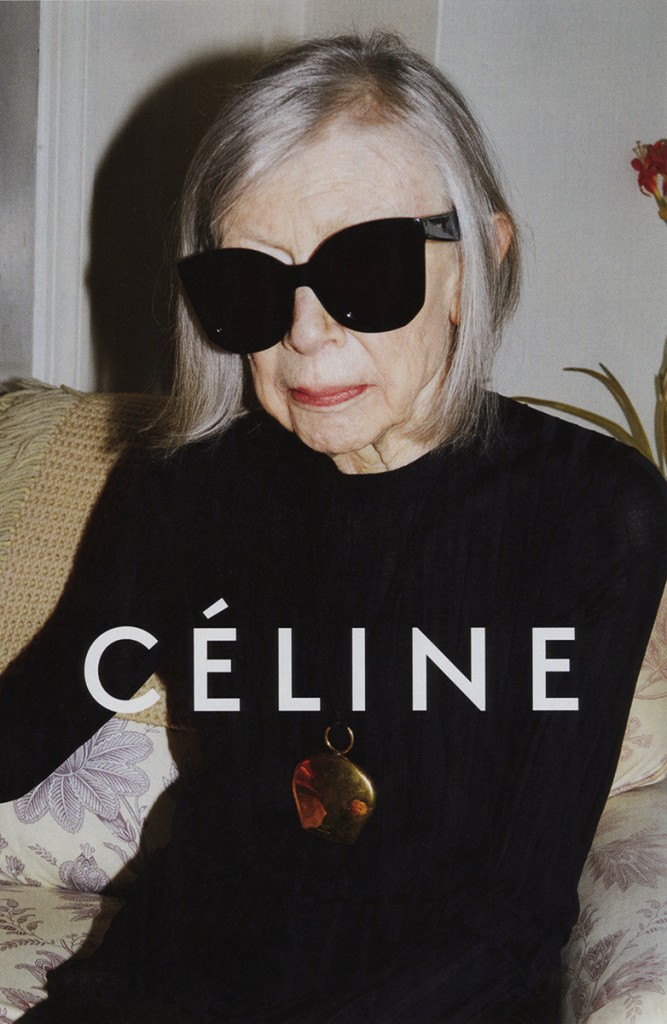
As Alessandra Codinha wrote on Vogue.com:
Let’s talk about Céline’s just-debuted ad campaign featuring none other than immortal intellectual-and-otherwise dream girl Joan Didion. Did you just feel the collective intake of breath shared by every cool girl you know? Did you feel the pulse-quickening vibrations of every recent college grad and literature fan? Did you sense the earth trembling beneath your feet? Do you have two eyes and a heart?
Of all the celebrity fashion campaign appearances, who better to represent Philo’s ideals—a certain ease of wear, simplicity of line, clothes that are assured, structured yet fluid, decidedly for the woman on the move—than Didion, the original chronicler of heartfelt experience, both her own and others’? One whose perpetually Tumblr’d and tweeted packing list famously includes “2 skirts, 2 jerseys or leotards [and] 1 pullover sweater,” (an ethos Philo, who proudly advertises her own reliance on a personal “uniform,” would clearly understand); who understood fashion while relying on clothes that didn’t draw attention as much as prepare her for the task at hand.
We’ll be buying whatever Joan’s wearing.
In this unusual twist, Facebook found a 15th-century medium to champion, and Vogue breathlessly embraced an 80-year old literary icon as the new fashion It girl — all as part of the same trend.
See also: Ikea’s 2015 catalog campaign extolling the virtues of an analog, “bookbook” (TM) like it’s the next breakthrough in touch technology:
And digital graffiti artists hacking an LED street sign in Downtown Los Angeles, of all places, to tell people to:
Need a New Year resolution, maybe? "Read a f'n book" says #DTLA electronic street sign pic.twitter.com/3iJhOsDg3X
— Daina Beth Solomon (@dainabethcita) January 9, 2015
Maybe it kicked off last summer, with Reading Rainbow’s $5.4 million Kickstarter. Or maybe the idea was planted in the niches of our cultural subconscious by Jim Jarmusch’s preternaturally sex vision of Tilda Swinton’s bibliophile vampire floating through eternity on an indulgence of books in Only Lovers Left Alive.

Maybe it’s something we’re learning about our new reality — books are the last, tangible refuge in a hypermediated world. In an age when everything is accessible, books are the most exclusive place you can go: it’s un-Instagrammable. Outside of a dog, as Groucho Marx said, a book is man’s best friend. Inside of a dog it’s too dark to read — or selfie, or tweet, or anything. Inside of a book, you are absolved of the ever-escalating rat race for self-individualization through self-broadcast. You’re on another planet. Beyond GPS. You’re unfindable, unreachable. And yet, we read to know we are not alone.
Indulgence, indeed.
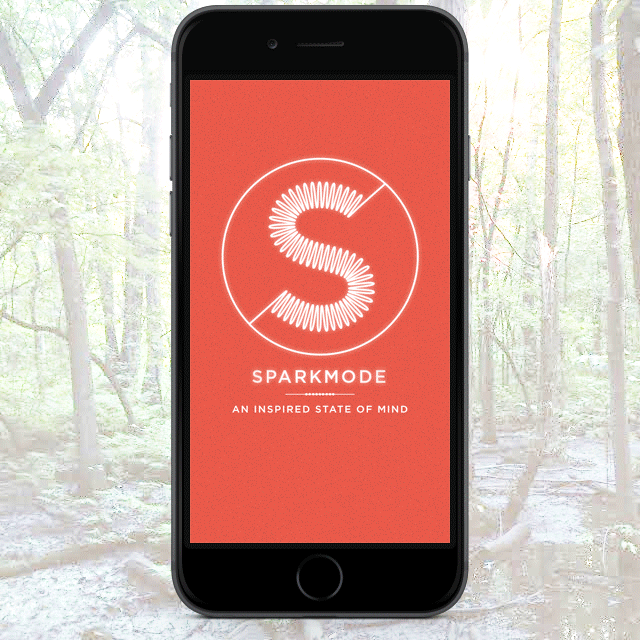


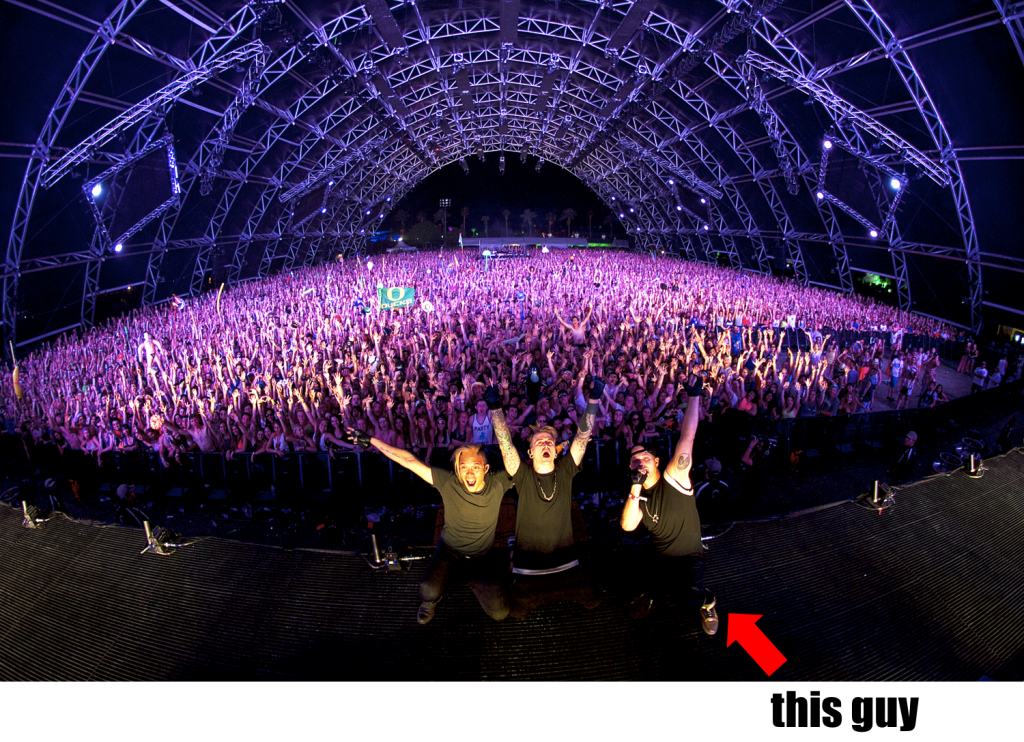

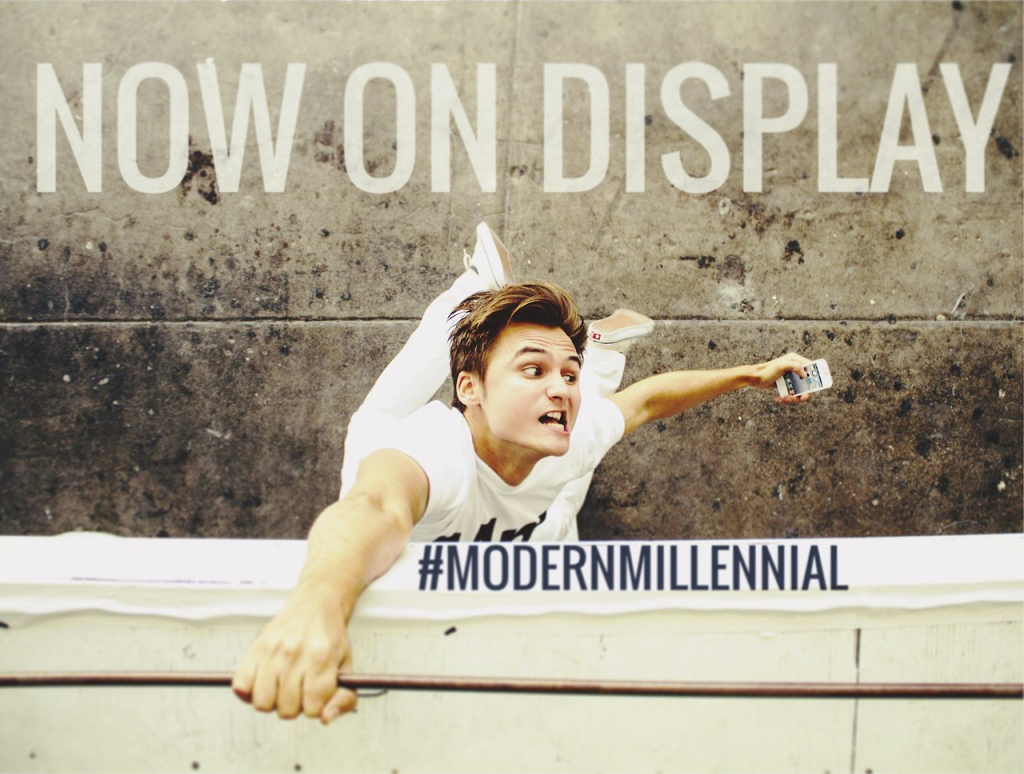
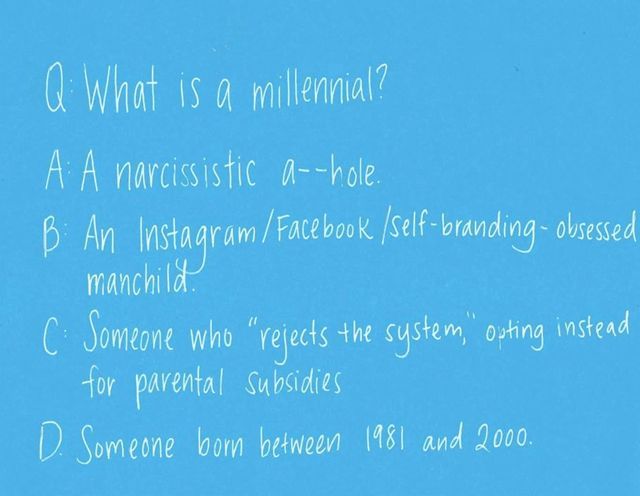
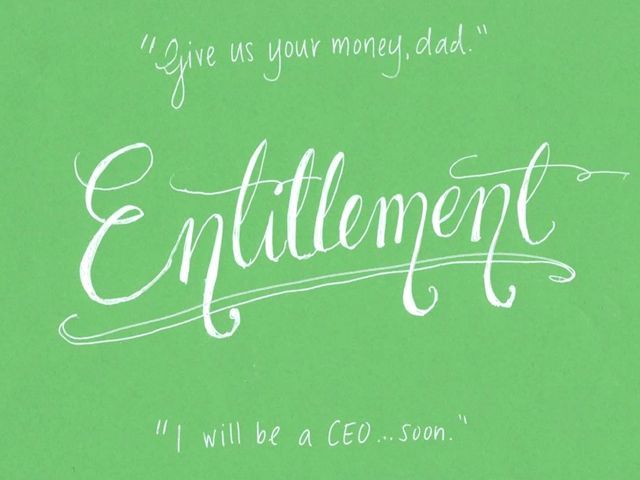
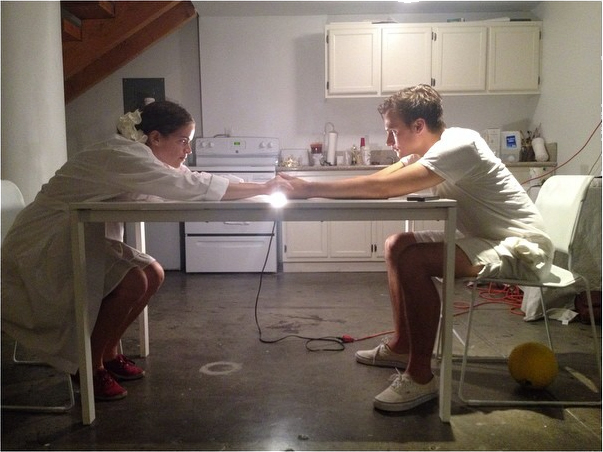
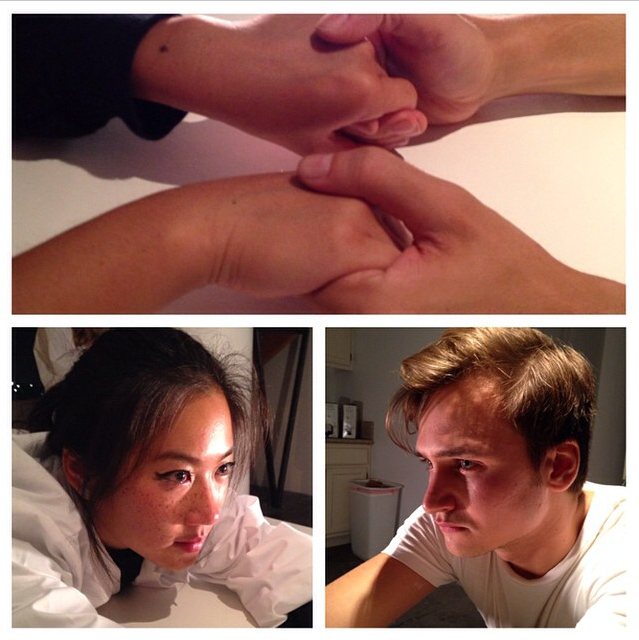
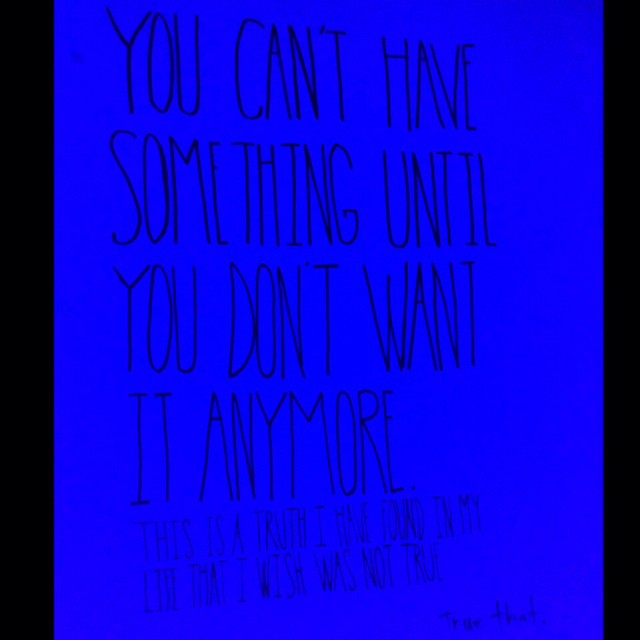 @babiejenks
@babiejenks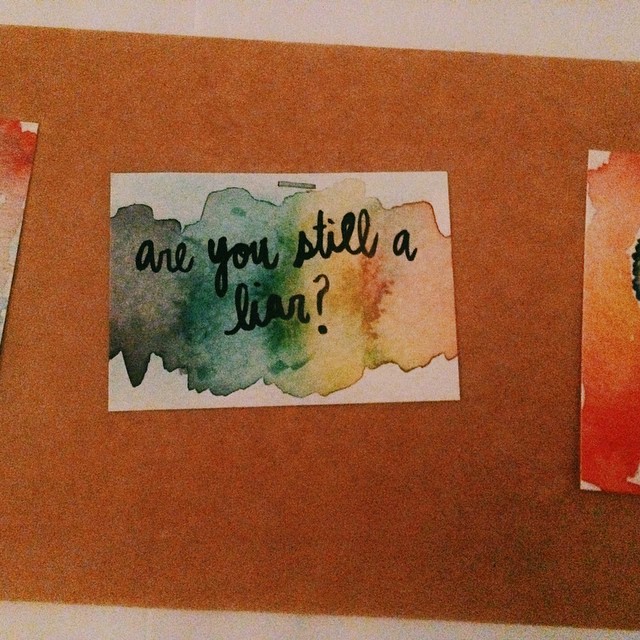
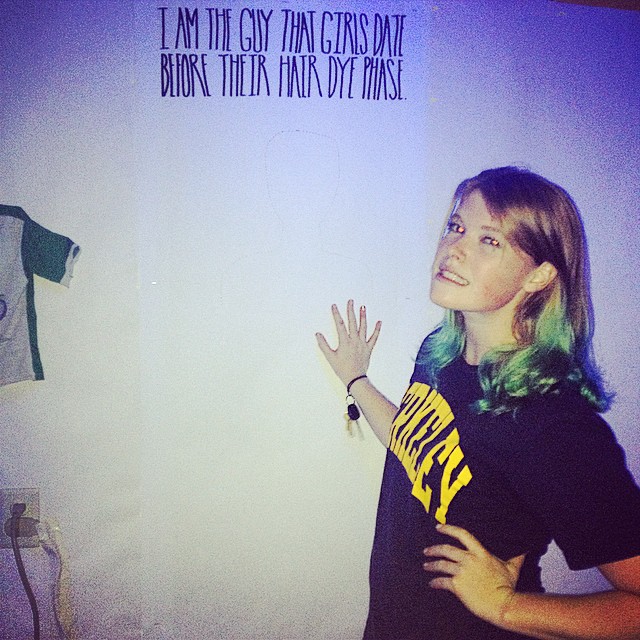
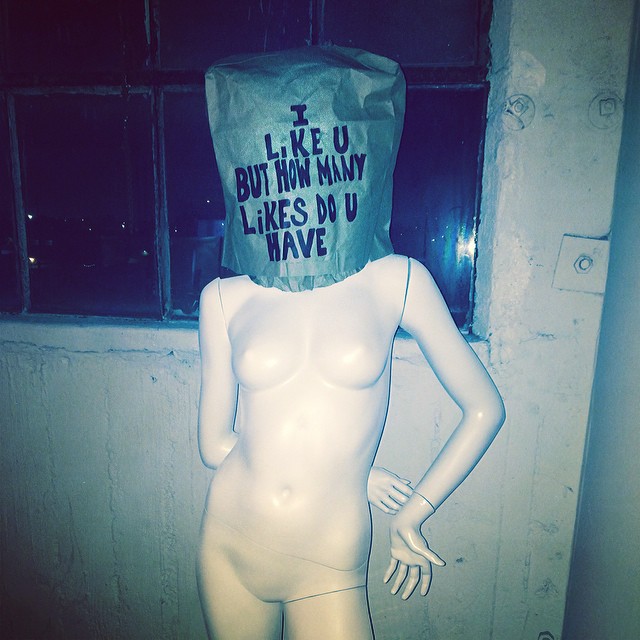
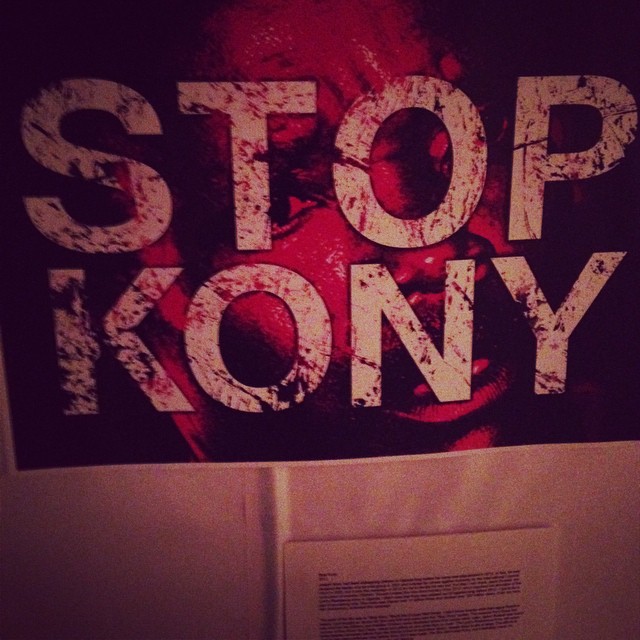
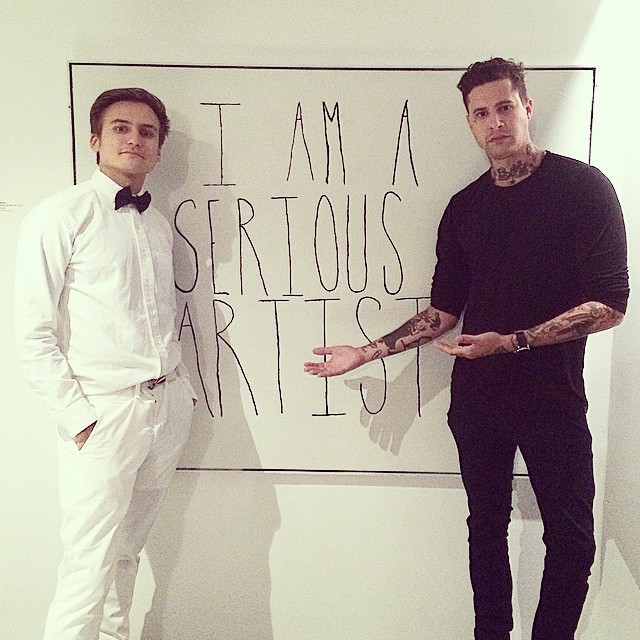

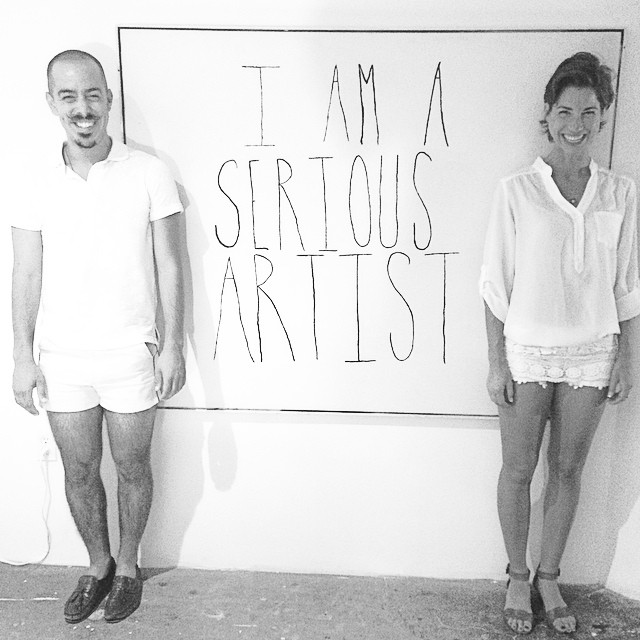
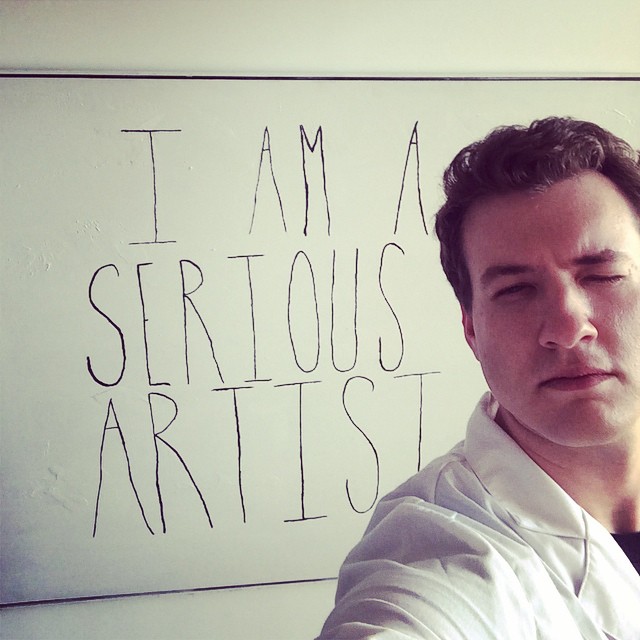
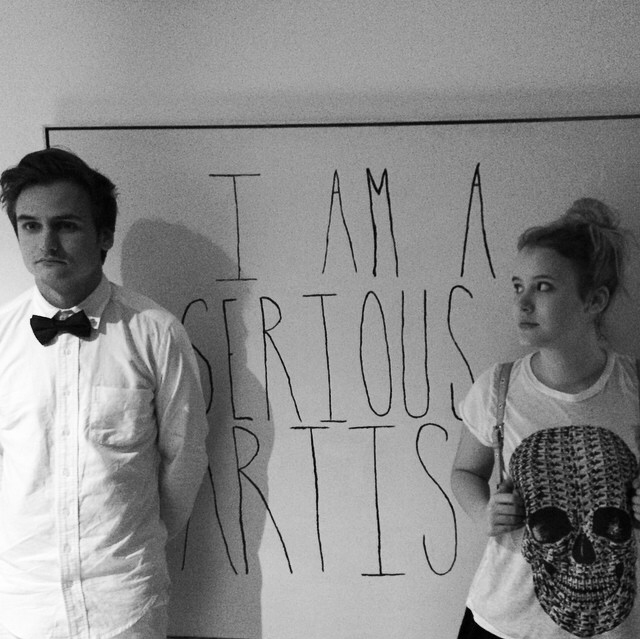
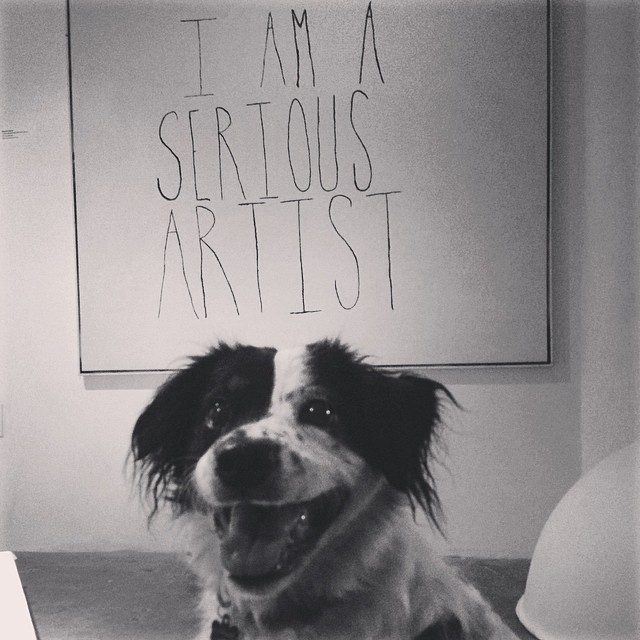
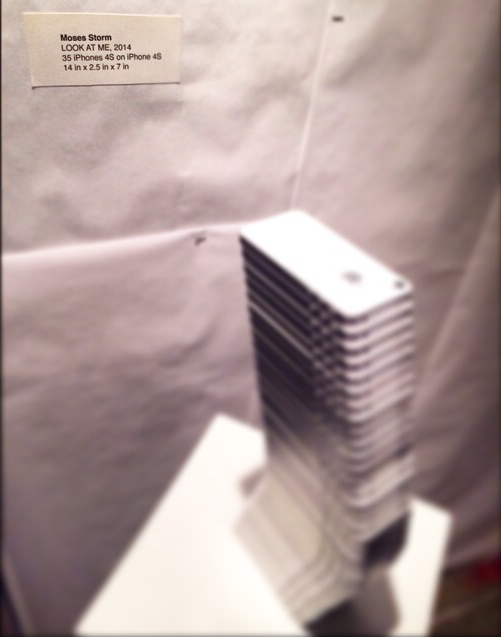
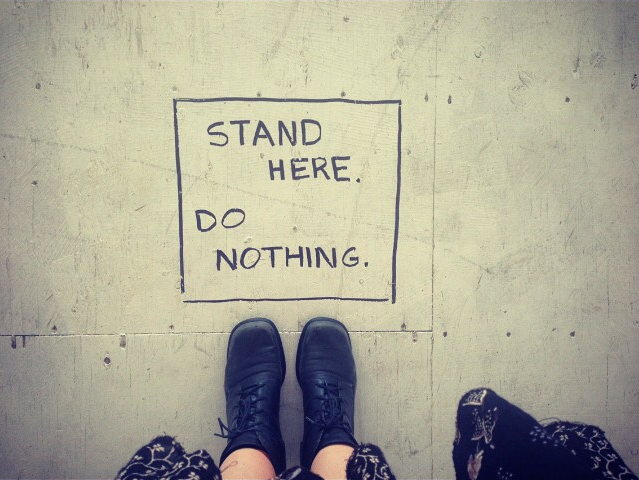
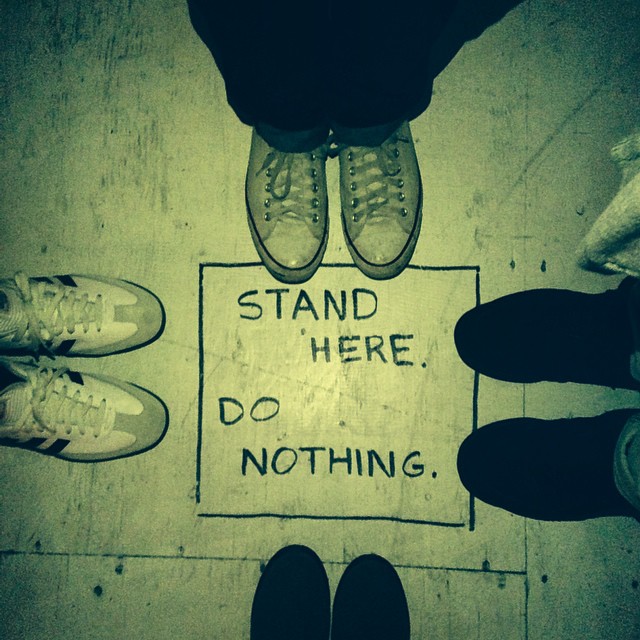
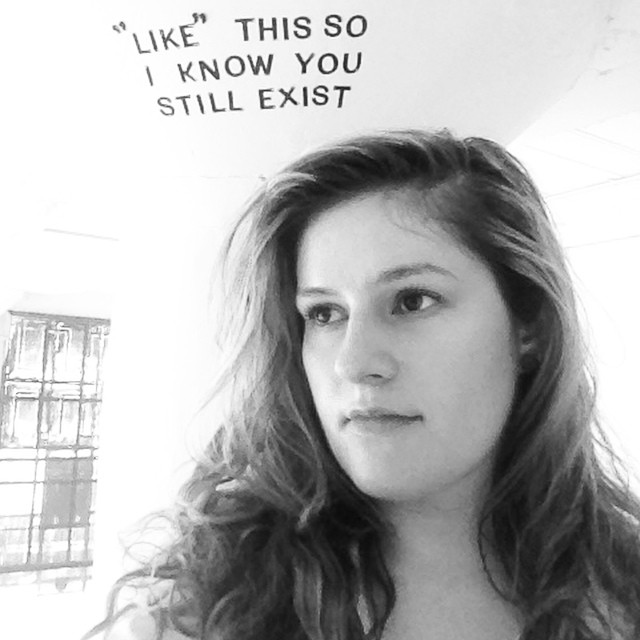
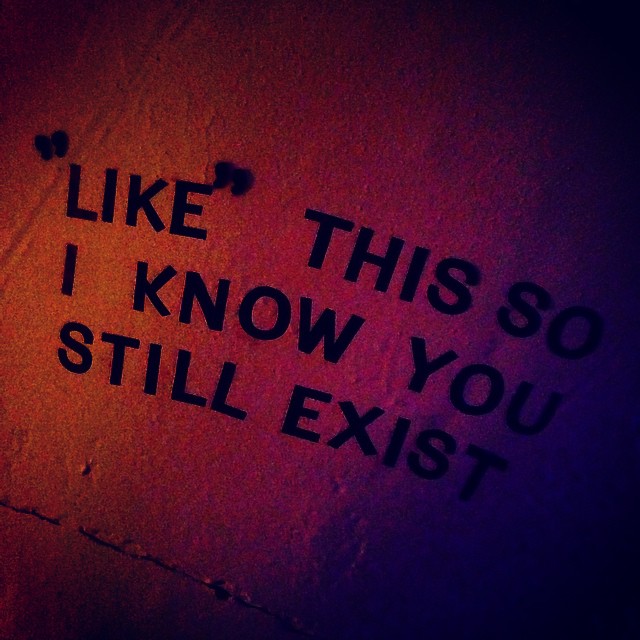
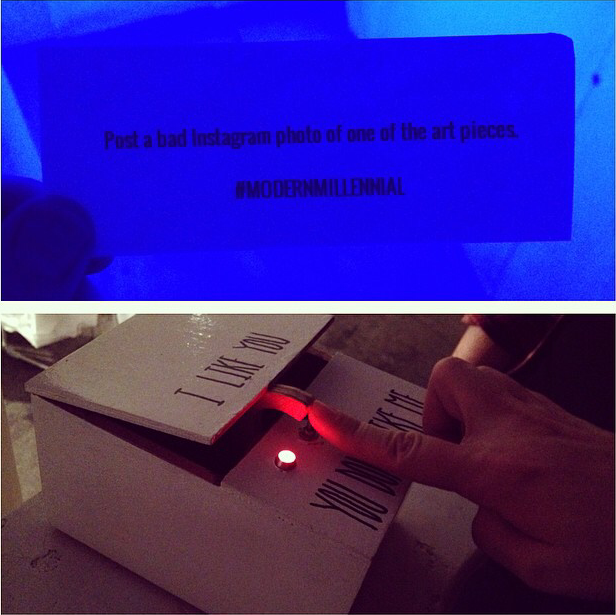
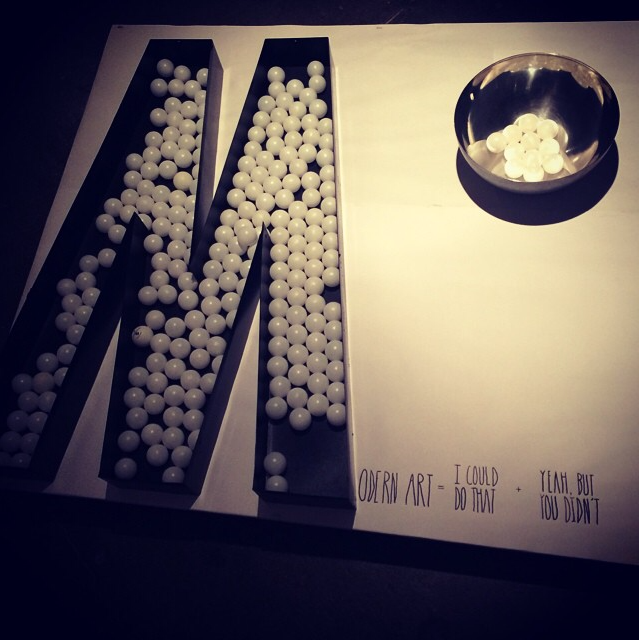 @babiejenks
@babiejenks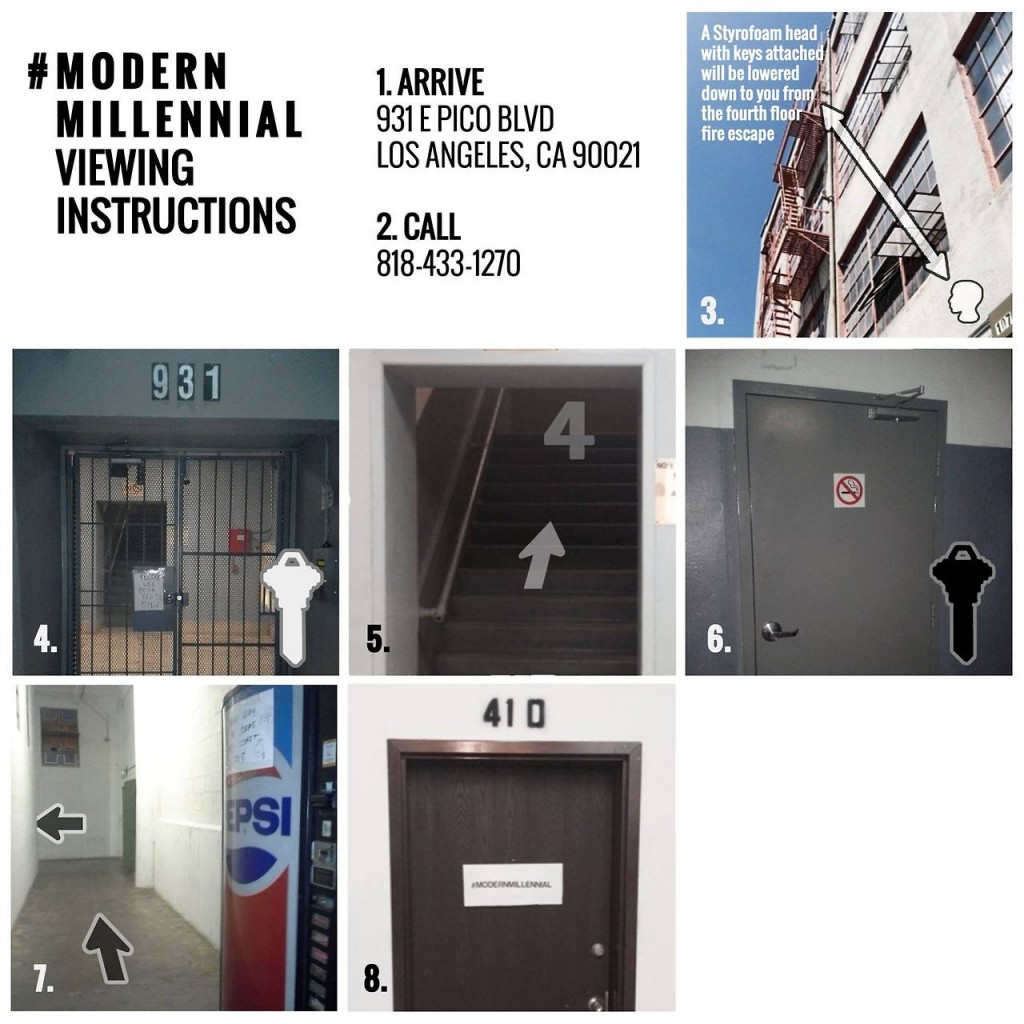
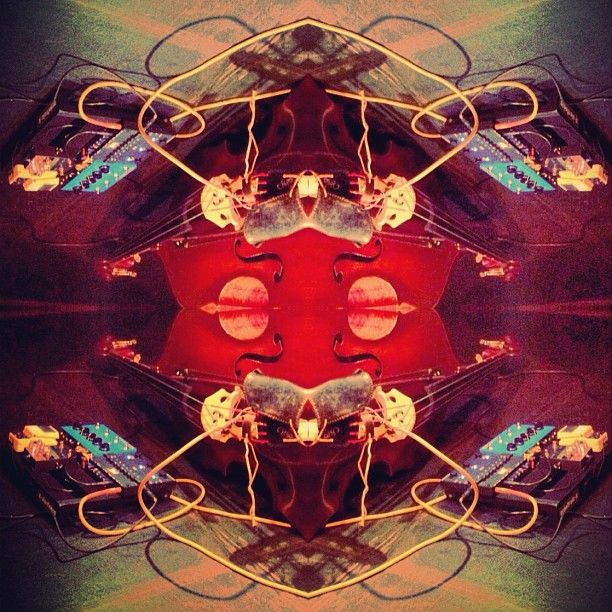 Mirrorgram by:
Mirrorgram by: 